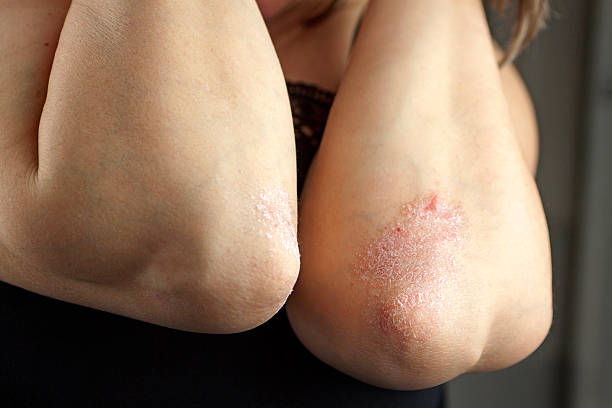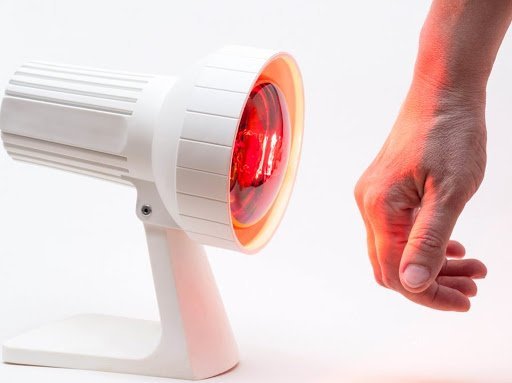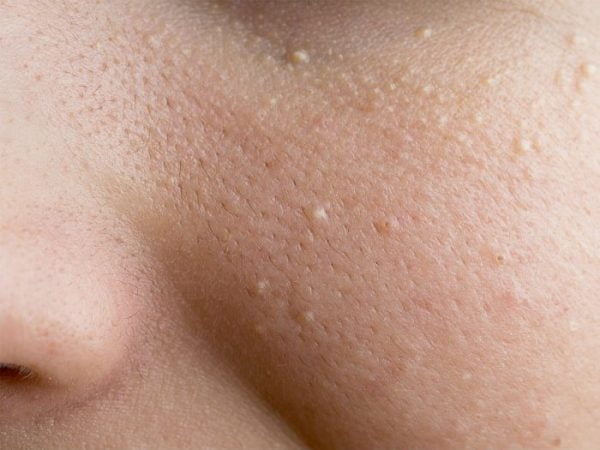ABOUT PSORIASIS TREATMENT
Psoriasis is a common, chronic, autoimmune disease affecting the skin. Treatment aims to alleviate and eliminate symptoms.
The condition causes a build up of cells on the skin which form red and dry patches that can become swollen, itchy, and painful. There may be periods were the pain and symptoms of psoriasis subside, however it is a long lasting condition. Psoriasis commonly appears around the nails and toes, the scalp, hands, and elbows.
Psoriasis is caused by overactive T cells, which normally function to fight against infection and bacteria, however they attack healthy skin and cause the overproduction of skin cells, creating redness, swelling, pain, and itchiness.
Whilst there is no cure for psoriasis, there is a variety of treatments such as topical treatments, light therapy, and oral or injected medication.
Recommended for
- Psoriasis which is causing pain, itchiness or irritation
TIME REQUIREMENTS
- Average length of stay abroad: 1 weeks.
The time needed for psoriasis treatment will depend on the method used. For example, light treatment may require a few sessions, whereas drug therapies may require ongoing monitoring with the specialist.
- Number of trips abroad needed: 1.

HOW TO FIND QUALITY TREATMENT ABROAD
BEFORE PSORIASIS TREATMENT ABROAD
Patients should meet with a specialist, usually a dermatologist, to discuss their symptoms and any previous treatments they have undergone. The dermatologist will need a list of any medications that the patient is taking and together with all of the patient’s information, will devise a treatment plan.
In some cases, the dermatologist may take a skin biopsy in order to establish the type of psoriasis the patient has.
HOW IS IT PERFORMED
The doctor or dermatologist may try a variety of different treatments in order to establish the best course of treatment to best suit the patient and to alleviate symptoms.
The first type of treatment to try is usually to prescribe the patient topical ointments, and then synthetic immune system drugs. If these are not effective, the doctor may then try injectable biologics, which are immune system drugs that block T cells, which are responsible for the disease. This is typically used for more severe cases.
Alternatively, the doctor may use light therapy, which involves targeting and exposing the affected area of skin with UV lights. Light therapy may require several sessions.

IMPORTANT THINGS TO KNOW ABOUT PSORIASIS TREATMENT
Success rates
Patients suffering with psoriasis should see treatment of the disease as a long term plan, aiming to find the right treatment for them. Some patients may need to try a variety of different treatment options, until they find a treatment that best suits them.















